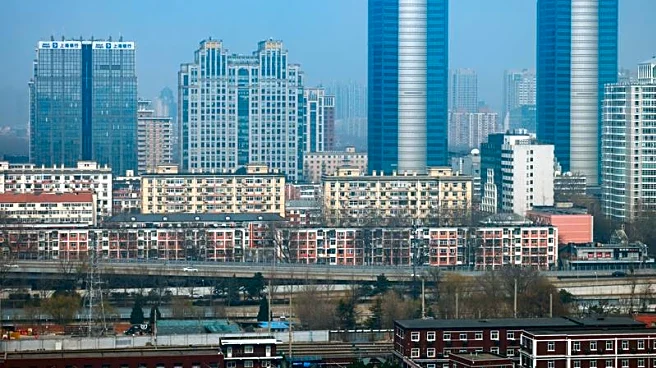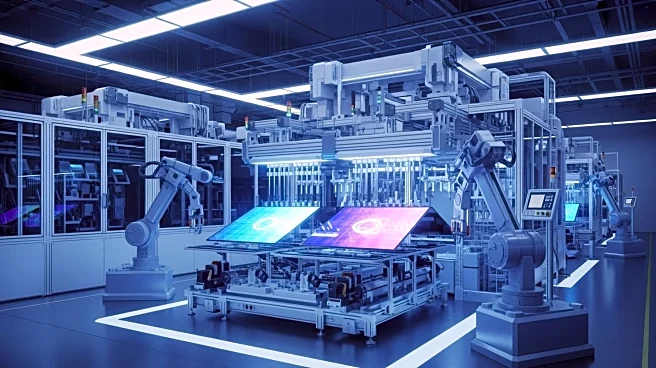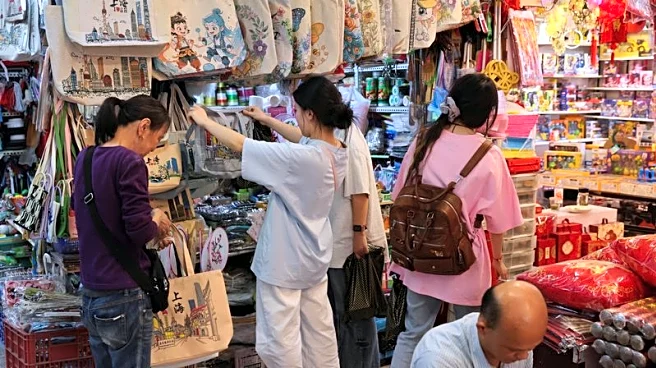What's Happening?
TCL CSOT has initiated the construction of a groundbreaking T8 8.6-generation OLED factory in Guangzhou, China, with an investment of approximately $4.15 billion. This facility is set to become the world's first large-scale 8.6G inkjet-printed OLED production
line. The factory will utilize inkjet printing technology to produce RGB OLED panels, a method that could significantly alter the supply and pricing dynamics of mid-size OLED panels for laptops, tablets, and monitors. The plant is expected to install equipment through 2026, with mass production slated for 2027. The new inkjet printing process is anticipated to reduce material waste and lower manufacturing costs by about 20% compared to traditional methods.
Why It's Important?
The establishment of this facility marks a significant shift in the OLED manufacturing landscape, potentially increasing the supply of mid-size OLED panels and accelerating their adoption in consumer electronics. This development could pressure existing technologies like RGB-LED backlights and QD-OLED to adjust their pricing and value propositions. If TCL's projections for cost and yield improvements are realized, it could lead to more competitive pricing and wider availability of OLED panels, particularly in the laptop and monitor markets. This move could also challenge the dominance of established players like LG Display and Samsung Display, who currently lead in large-format OLED production.
What's Next?
The industry will closely monitor the installation of equipment and the initial production runs at the T8 facility. Success in achieving the projected cost and yield improvements could lead to increased competition and potentially lower prices for OLED panels. The first mass-produced printed panels are expected in 2027, which will be a critical indicator of the project's success. TCL's ability to overcome technical challenges related to scaling the new printing process will be crucial in gaining OEM confidence and market share.
Beyond the Headlines
The introduction of inkjet printing in OLED production could have long-term implications for the industry, potentially leading to more sustainable manufacturing practices due to reduced material waste. This technological advancement might also spur further innovation in OLED applications, expanding beyond traditional consumer electronics into new areas. The success of this project could set a precedent for future OLED manufacturing facilities, influencing global production strategies.














